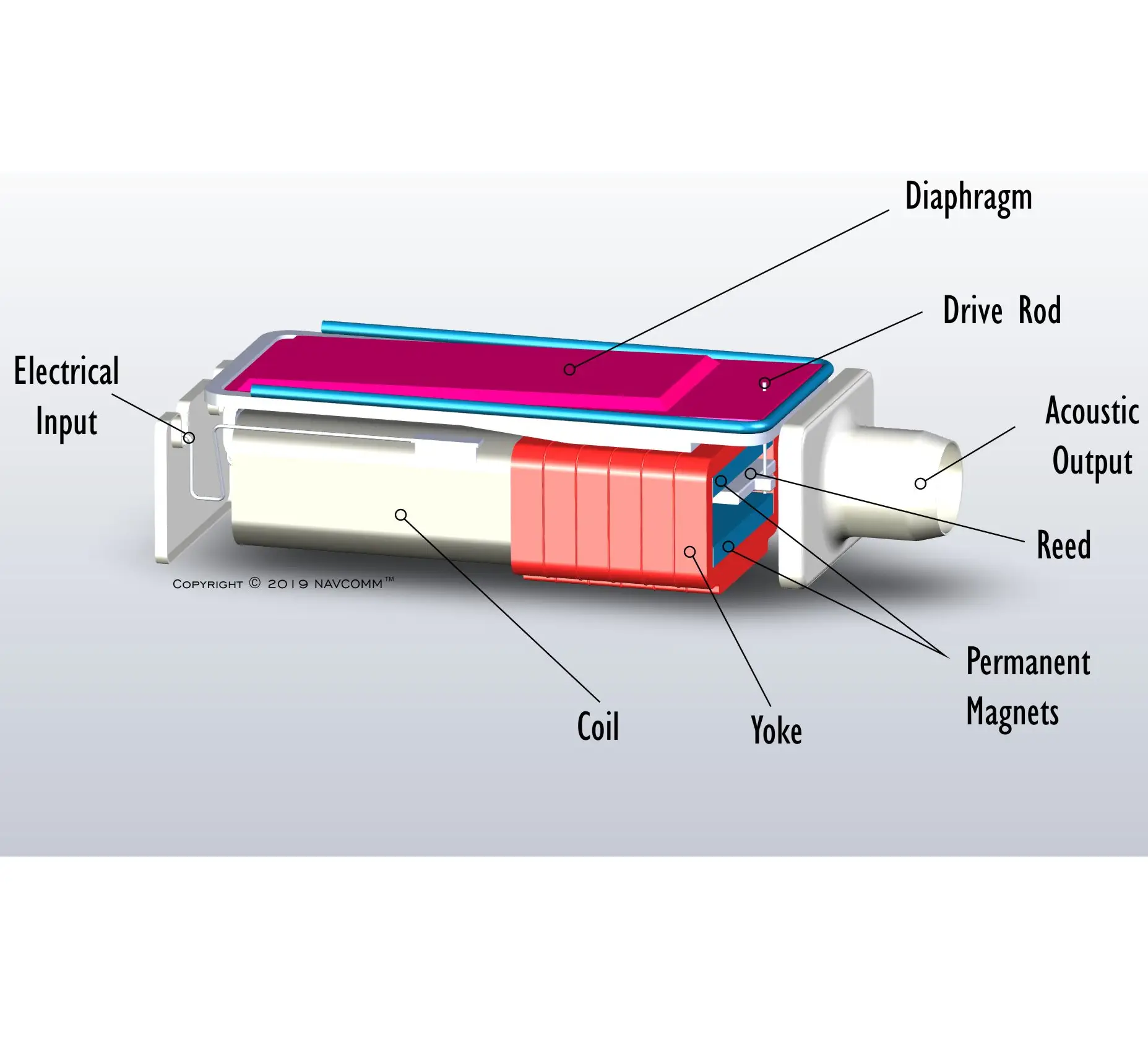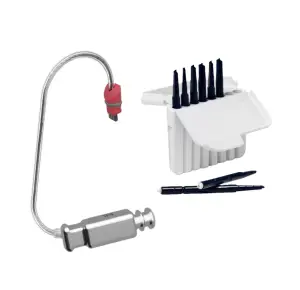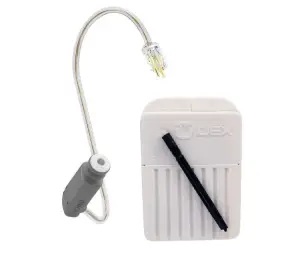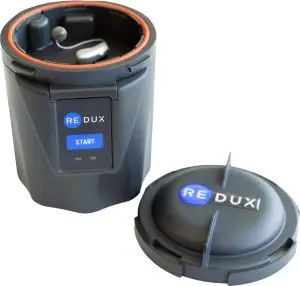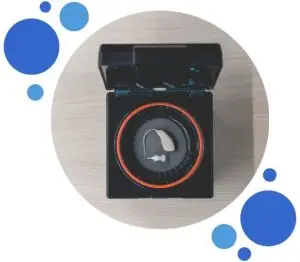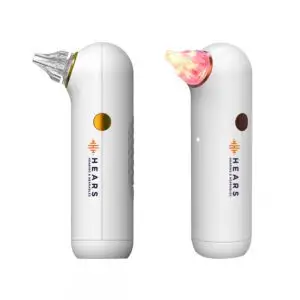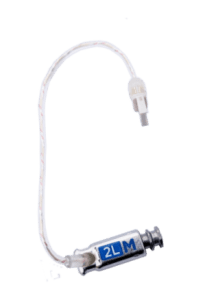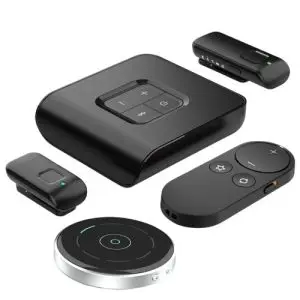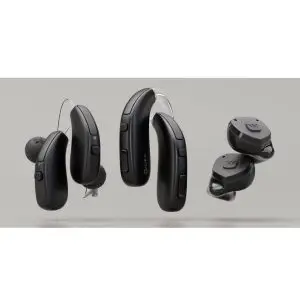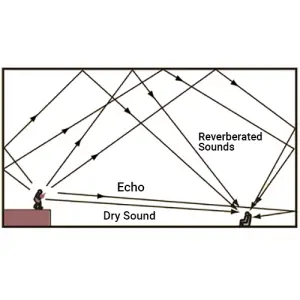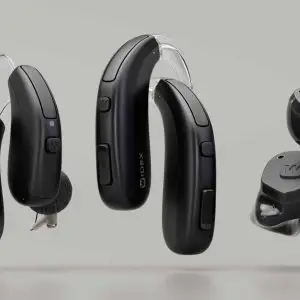What is a Hearing Aid Receiver and Why It’s Not Just a “Speaker”
When you think of a hearing aid, you might imagine it like a tiny earbud that plays sound into your ear. That’s partly true, however, hearing aids are actually much smarter and more complex. One of the most important parts of a hearing aid is something called the receiver.
The receiver is often confused with a speaker, but here’s a little secret: it’s not really a speaker at all. Let’s explore why, how it works, and why taking care of it is so important.
Why It’s Called a Receiver?
The name “receiver” might make you think it’s receiving something, such as a radio or a cell phone. But that’s not quite right either. In a hearing aid, the receiver’s job isn’t to receive sound .. it’s to deliver it.
So why don’t we just call it a speaker?
The word speaker usually makes us think of something that plays audio, like a stereo or a TV. But in a hearing aid, the “sound” being produced is very delicate, precise, and customized to the user’s hearing loss.
I just learned that the term “receiver” comes from early days of hearing aid design. Historically, these tiny parts were built to receive electrical signals from the rest of the hearing aid and then turn them into sound. Even though it’s a little old-fashioned, the name stuck.. much like how we still say “dial a phone number” even though phones don’t have dials anymore. Old school phones and hearing aids, that our children don’t know of.
How a Hearing Aid Receiver Works
Think of a hearing aid like a super-tiny computer with a very important job: to take in the world’s sounds, clean them up, and deliver them clearly to your ear.
Here’s how the process works step-by-step:
- The microphone picks up sounds
The hearing aid’s microphone listens to the environment; people talking, birds chirping, music playing, and captures those sounds. - The sound is converted to digital signals
Inside the hearing aid, the sounds are turned into numbers (digital data), kind of like how a computer processes information. - The hearing aid brain processes the sound
The processor or “chip” acts like the brain. It decides which sounds to make louder, which ones to make softer, and which ones to filter out, such as background noise in a busy restaurant. - The receiver turns signals back into sound
Finally, the processed digital information travels to the receiver.- The receiver takes the electrical signal and vibrates a super tiny diaphragm inside it.
- That vibration creates a clean, amplified sound that’s perfectly adjusted for your unique hearing loss, digitally processed.
- This sound is then delivered into your ear canal so you can hear it clearly.
Why Moisture is Bad for Receivers
The receiver is one of the most delicate parts of a hearing aid. It’s tiny and most of the time smaller than a pencil eraser yet packed with delicate components.
Here’s why moisture is its enemy:
- Electrical short circuits: The receiver uses very small electrical currents. If water gets inside, it can cause a short circuit and stop working.
- Corrosion: Moisture can rust or corrode the tiny metal parts inside, permanently damaging them.
- Clogging and muffled sound: Sweat, steam, or humidity can mix with earwax and block the receiver opening, making sound quiet or distorted.
Even things like sweat during a workout, shower steam, or getting caught in the rain can cause problems. That’s why it’s so important to keep your hearing aids dry and clean. Many people use passive hearing aid dryers or active dehumidifiers overnight to protect their devices. There are also ear dryers to dry your ears before you put the little receiver into your wet ear.
How to Keep Your Receiver Safe
Here are some simple tips to keep your receiver working its best:
- Never wear your hearing aids in the shower, pool, or sauna. Of course, many of us have on occasion. If you do, put them in a bag of rice or a dehumidifier if you have one right away.
- Wipe them down daily with a soft, dry cloth, removing anything moist on them.
- Use a wax guard to prevent earwax from clogging the receiver opening.
- Store them in a hearing aid dryer overnight to pull out moisture.
- Replace wax guards whenever sound seems weak or distorted.
The Receiver: Small but Mighty
The receiver may be small, but it’s a powerhouse. It’s the final step that makes sure all the advanced hearing aid technology translates into clear, understandable sound.
While the name might be a little confusing, think of the receiver as the bridge between technology and your hearing. By protecting it from moisture and keeping it clean, you’ll make sure your hearing aids stay in great shape, keeping you connected to the world around you.
Where Hearing Aid Receivers Are Found and How to Care for Them
Not all hearing aids keep their receivers in the same place. The location of the receiver depends on the type of hearing aid you have, and this changes how it’s cared for and maintained. Knowing where your receiver is helps you understand how to keep it clean and working its best.
Let’s break it down into three main styles: Receiver-in-Canal (RIC), Behind-the-Ear (BTE), and Custom Hearing Aids.
1. RIC (Receiver-in-Canal) Hearing Aids
In a RIC hearing aid, the receiver is inside your ear canal, connected to the rest of the hearing aid by a thin wire.
- Why this design is popular:
- Keeps the hearing aid small and discreet.
- Better, clearer sound quality because the receiver is close to the eardrum.
- Easy to replace if it stops working — you can often change it yourself at home.
- How to care for it:
- Change the wax guard whenever you notice a decrease in hearing.
- Wipe down the receiver wire and tip with a dry cloth every night.
- Store your hearing aid in a drying kit or dehumidifier overnight to remove moisture.
- Replace the receiver yourself if it fails (your clinic can help match the size and style).
- Fun Fact:
- The red receiver is for your right ear, and the blue receiver is for your left ear.
2. BTE (Behind-the-Ear) Hearing Aids
In traditional BTE hearing aids, the receiver is inside the body of the hearing aid, which sits behind your ear.
The sound travels through a tube and earmold into your ear canal.
- Why this design is used:
- Very durable and good for people with severe to profound hearing loss.
- The receiver is well-protected inside the main housing, so it’s less likely to get clogged with wax.
- Easy to clean and maintain since there are fewer delicate parts exposed.
- How to care for it:
- Clean the tubing and earmold daily with a soft cloth.
- Replace tubing every few months (your clinic can do this).
- Keep the hearing aid dry because moisture can still damage the internal receiver if it seeps inside.
- Use a drying box or dehumidifier overnight to protect internal parts.
- Note:
- Because the receiver is inside the main device, you can’t replace it yourself.
If it fails, the entire hearing aid needs to be sent in for professional repair.
- Because the receiver is inside the main device, you can’t replace it yourself.
3. Custom Hearing Aids (ITE, ITC, CIC)
Custom hearing aids — like In-the-Ear (ITE), In-the-Canal (ITC), and Completely-in-Canal (CIC) styles — have the receiver built directly into the shell of the device, deep inside.
- Why this design works:
- The entire hearing aid is shaped to fit snugly inside your ear canal.
- Compact and easy to handle. Great choice for people who don’t like wearing something behind their ear.
- Why it’s trickier to care for:
- The receiver is sealed inside the custom shell, so you can’t see it or replace it yourself.
- It sits very close to your ear canal, making it more vulnerable to wax, sweat, and moisture.
- How to care for it:
- Replace the wax guard when it starts to sound weak for sure.
- Wipe down the shell daily to remove oils and sweat.
- Use a drying kit or dehumidifier overnight to prevent internal moisture damage.
- Schedule regular professional cleanings to clear out debris and wax you can’t reach.
- Bring it in for repair if you notice distorted, muffled, or weak sound.
Why Location Matters for Maintenance
| Hearing Aid Style | Receiver Location | Ease of Replacement | Main Cleaning Focus |
| RIC | Inside ear canal (on a wire) | Easy to replace at home – DYI | Wax guard, tip, and wire cleaning |
| BTE | Inside the hearing aid body | Clinic repair only | Tubing and earmold maintenance |
| Custom | Built into the custom shell | Clinic repair only | Wax guard and professional cleaning |
Why Moisture is a Universal Threat
Regardless of the style, moisture is the #1 enemy of receivers.
Here’s why:
- Moisture can short-circuit the delicate electronics.
- Corrosion from sweat or humidity can destroy tiny metal components.
- Even a little moisture can cause muffled or distorted sound.
Tips to prevent moisture damage:
- Take hearing aids out before showering or swimming.
- Wipe them with a dry cloth after wearing.
- Use a hearing aid dryer nightly to keep them in top shape.
The Takeaway
The receiver’s location plays a huge role in how you care for your hearing aid:
- RICs are easy to maintain and user-replaceable.
- BTEs are rugged and protected but require professional service for internal issues.
- Custom aids need the most careful cleaning and regular checkups because the receiver sits deep inside your ear.
By understanding where your receiver lives and how it works, you’ll know exactly how to keep your hearing aids clean, protected, and performing their best.

